- Kids Education & School
We Are Kids Education Professionals
Work Sheets Corner is a great place to find educational work sheets for all levels: from kindergarten to high school.
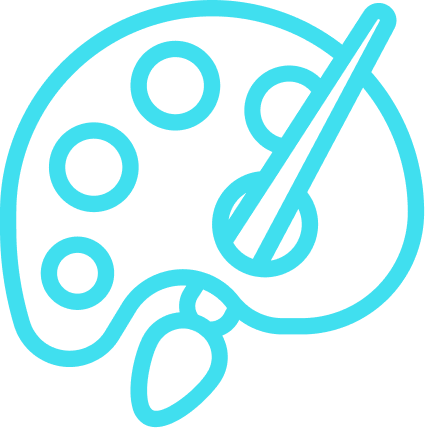
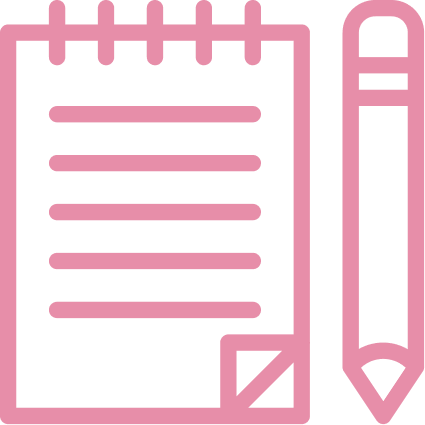
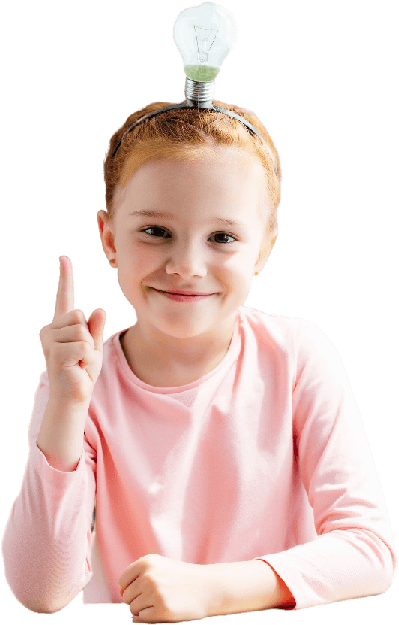
+
Teachers
Accessible anytime, anywhere
+
Courses
Easy-to-read and interactive sheets
Kids courses and learning materials
Work Sheets Corner is a leading provider of interactive courses and learning materials for children from kindergarten to high school.

Best Rating
- Learn More About Us
We're here to help
We offer a wide range of great resources, including math sheets, educational games, and more. Whether you’re looking for something to use in the classroom or at home, we’ve got you covered.
Our courses cover subjects such as mathematics, reading comprehension, art & design, science & technology and more! We have a course for every age group and learning level – we even have resources available in languages other than English!
- School Education Service
Work Sheets Corner is the smartest way to make learning fun
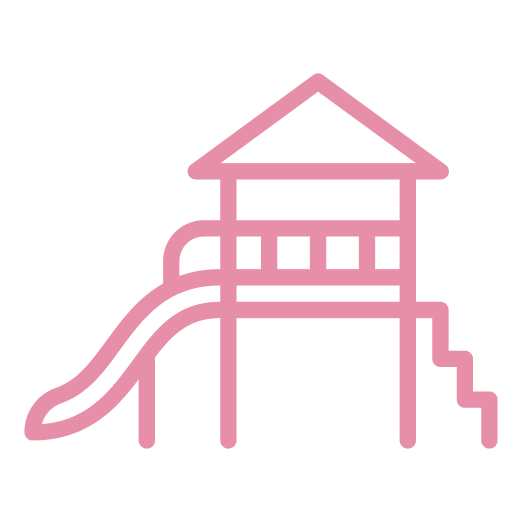
Playground
We offer a wide range of great resources, including math sheets, educational games, and more.

Listening
Turn your kids into prodigies with the help of Work Sheets Corner's intuitive and engaging lessons.
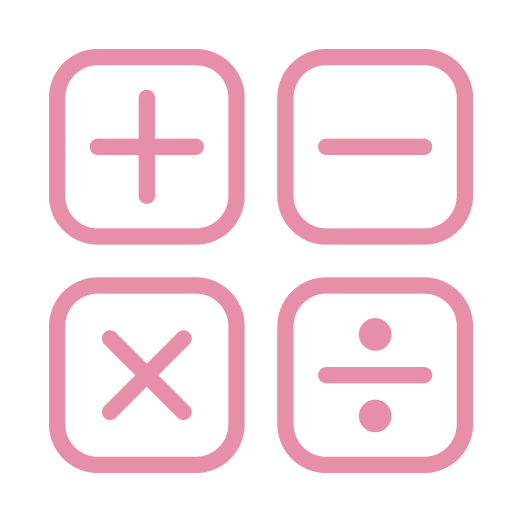
Mathematic
We provide math courses for kids in kindergarten to high school to help them excel in maths.

Draw & Color
Drawing is fun and easy with Work Sheets Corner.
- Our Archivements
Extra materials for parents and teachers
A lot of attention has been given to make the website usable by parents and teachers as well, who can use it as a resource for teaching methods or just get some ideas on how to help their kids with their homework.

+
School Awards
+
Skills
- School From Home
We Have Online Class For Kids Home Schooling
Convenience is key
Problem Solving
Different Ways

Mrs. Vranela
Our Head Teacher
- Good School Good Culture
We're a team of all-star education professionals who have come together to change the way kids learn.
No matter your child’s age, Work Sheets Corner has the tools they need to succeed in school and life. Whether they’re just starting out in kindergarten or are on their way to high school graduation, we have the right course for them.
Every corner of our courses is carefully designed to make lessons entertaining, challenging and engaging for every type of learner. That means that every student will be eager to return to us every day – and that’s just the beginning!
No More Boring Lessons
Our lessons are fun, interactive, and easy to understand while covering a wide range of topics.
PC Repair Courses
For parents, who wants to learn something new, rebrand or just be able to learn to fix computers.
- Why Choose Our School
Many Benefits If Your Kids Join Our School & Education
Work Sheets Corner is the perfect mix of affordability and quality. We offer all levels of courses including kindergarten to high school with the same high-quality curriculum for every grade level.
Best Study Success People
We'll nurture your child's creativity, provide them with the academic skills they need to be successful in school, and develops their mental prowess with puzzles that stimulate their curiosity and problem-solving skills.
Best Friendly Teachers
We have expert teachers that are available to answer your questions and help you with any doubts you may have.
Affordable
Work Sheets Corner is the perfect mix of affordability and quality.
Certificate Of Completion
There's no need to worry about certificate, we've got you covered!
- Parents' Testimonials
Best Reviews From Parents
- Question And Answer
Frequently Asked Question About Our School
Work Sheets Corner is more than just a site with courses — we are an online academy that has a close knit community of educators who want to help you succeed in life. We foster connections between alumni and other professionals which can be very useful for your future.
The benefits of using work sheets include:
- providing structure for the students to complete their work and track the progress of their project
- allowing the teacher to track the progress of each student on a single document
- giving students a chance to review their work and make corrections before turning in the final project
- giving students a chance to revisit their work without being forced to redo the whole project
You can use work sheets to help students complete tasks. Work sheets can be used for students to practice skills or answer questions.
Work Sheets Corner is free to join.
Contact Our School Now if you like to learn more about our classes.
With our adaptive technology, Work Sheets Corner courses can be accessed anywhere and at any time – with no downloads required!
- Blog Posts
Our Learning Materials
Fraction War Game
Converting improper fractions to mixed numbers
Comparing Fractions Worksheets
Multiplying mixed numbers by whole numbers
Multiplying -digit numbers by -digit numbers
Converting mixed numbers to improper fractions
Multiplying -digit numbers
Fraction Dice Game
Fraction Sort and Match
Comparing fractions with different denominators
Fraction Riddles
Identifying equivalent fractions
Multiplying fractions by whole numbers
Multiplying whole numbers and fractions
Finding the fraction of a whole number
Finding common denominators
Fractional Parts of Sets
Simplifying mixed numbers with prime factorization
Fraction Word Problems
Multiplying numbers
Dividing mixed numbers with like fractions
Fraction division with reciprocal
Fractional Parts of Quantities
Adding Fractions with Different Denominators
Dividing fractions
Multiplying -digit numbers by -digit numbers
Mixed numbers and improper fractions
Multiplying mixed numbers with like fractions
Multiplying Fractions and Whole Numbers
Adding and subtracting mixed numbers with decimals
Fractional Parts of a Set Worksheets
Finding the common denominator
Multiplying mixed numbers by whole numbers
Multiplying -Digit Numbers
Multiplying with creative tasks
Changing Percents to Fractions
Simplifying fractions
Multiplying Fractions
Long Division with Single-Digit Divisors
Roman Numeral Conversion Practice
Equivalent Fractions Matching Game

Build lifelong knowledge with our courses on child development. With Work Sheets Corner, you can be ready for anything!